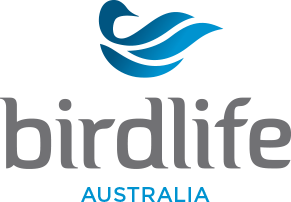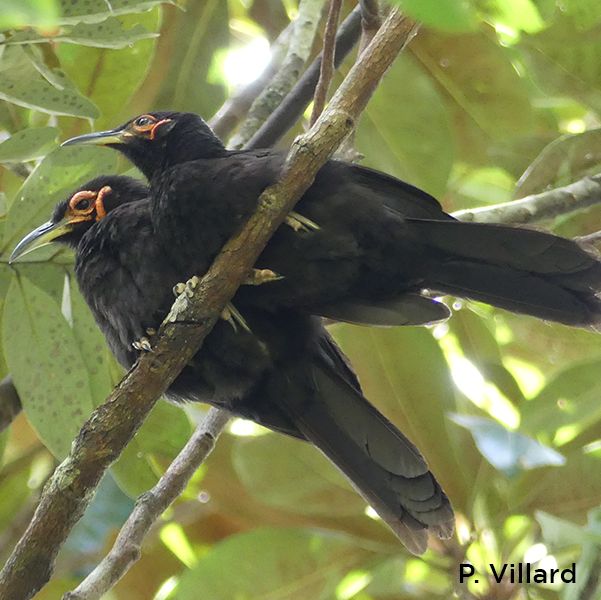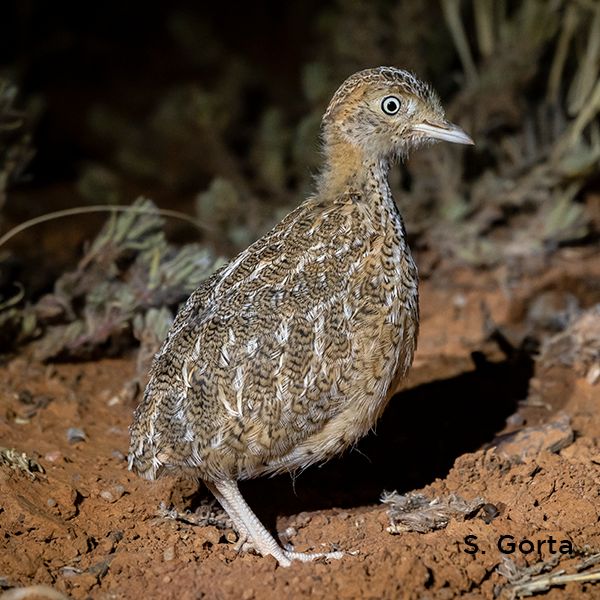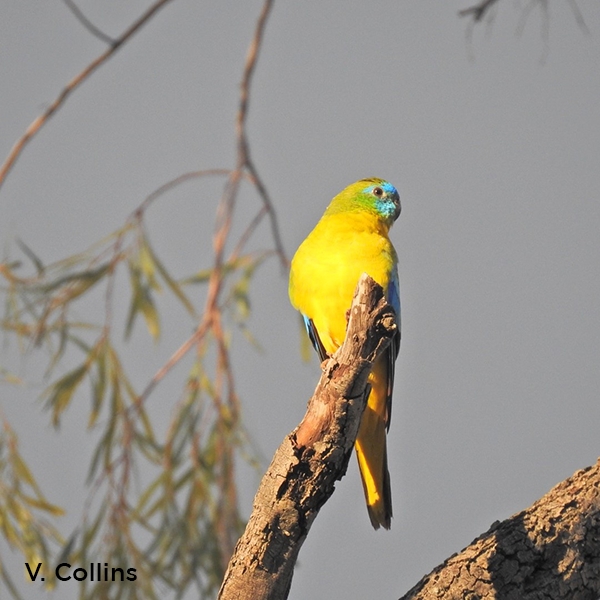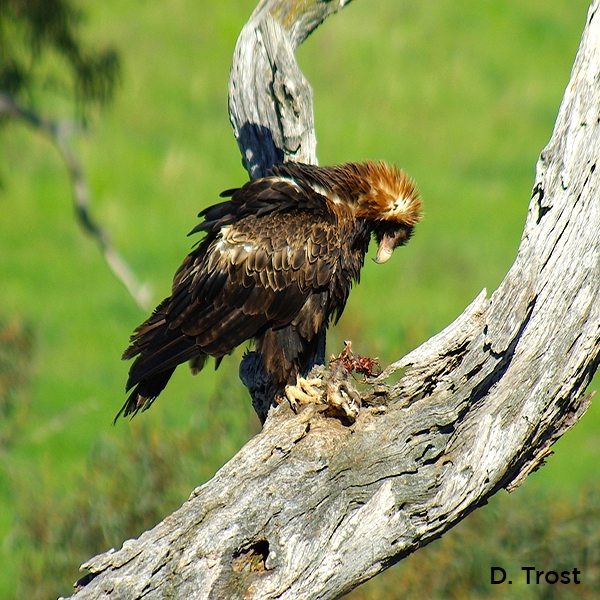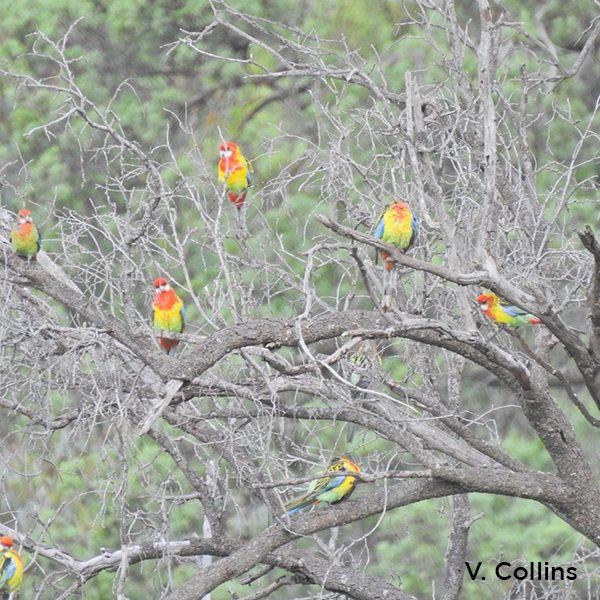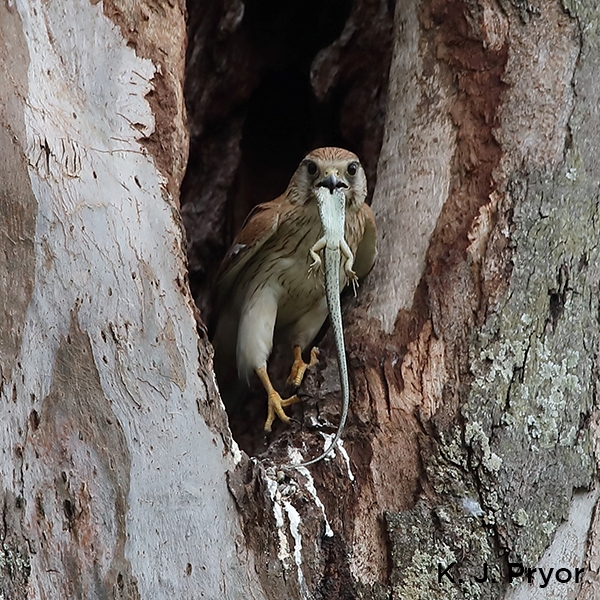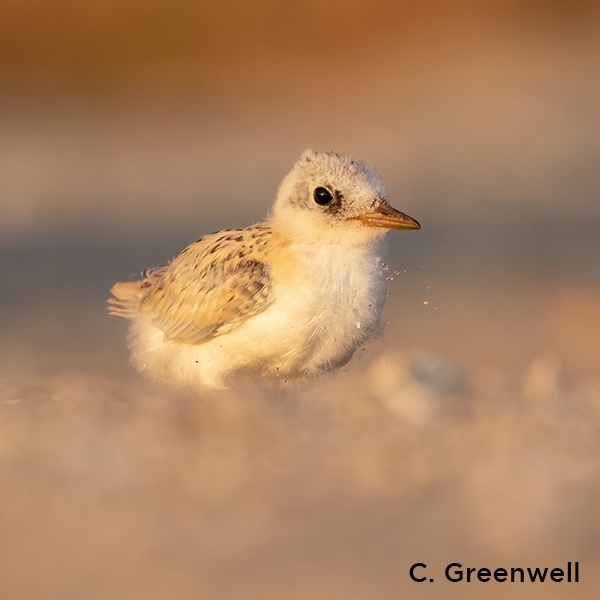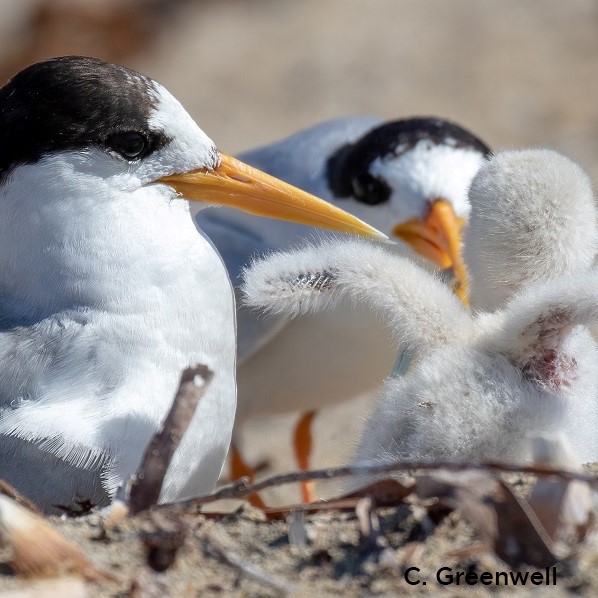First records of nesting by South Australian Glossy Black-Cockatoos Calyptorhynchus lathami halmaturinus on eastern Kangaroo Island
Karleah K. Berris, Michael Barth
pp. 59-63
Abstract
The South Australian Glossy Black-Cockatoo Calyptorhynchus lathami halmaturinus is extinct on mainland Australia, and occurs only on Kangaroo Island. Between 1995 and 2016, a successful long-term Recovery Program more than doubled the population of this taxon on Kangaroo Island. This paper documents the first records of nesting by Glossy Black-Cockatoos on the Dudley Peninsula on eastern Kangaroo Island in 2015 and 2018, at a time when flock size had increased to 35 individuals in post-breeding counts on the Dudley Peninsula. Nesting there is evidence of the growth and expansion of the Glossy Black-Cockatoo population over the past 25 years, which is likely a result of conservation efforts. This new eastern nesting site expands the breeding range of this subspecies ~13 km east, and to the part of Kangaroo Island that is closest to mainland South Australia.
References
Berris, K. (2016). Glossy Black-Cockatoo Recovery Program – 2016 Annual Report. Natural Resources Kangaroo Island, Kingscote, Kangaroo Island, SA.
Berris, K. (2017). The Fire Age-class of Remnant Drooping She-oak Woodlands on Kangaroo Island. Unpubl. report to Natural Resources Kangaroo Island, Kingscote, Kangaroo Island, SA.
Berris, K.K. & Barth, M. (2020). PVC nest boxes are less at risk of occupancy by feral honey bees than timber nest boxes and natural hollows. Ecological Management and Restoration, 21, 155–157.
Berris, K.K., Barth, M., Mooney, T., Paton, D., Kinloch, M., Copley, P., Maguire, A., Crowley, G. & Garnett, S.T. (2018). From the brink of extinction: Successful recovery of the glossy black-cockatoo on Kangaroo Island. In: Garnett, S., Latch, P., Lindenmayer, D. & Woinarski, J. (Eds). Recovering Australian Threatened Species: A Book of Hope, pp. 75–84. CSIRO Publishing, Melbourne.
Chapman, T.F. & Paton, D.C. (2005). The glossy black-cockatoo (Calyptorhynchus lathami halmaturinus) spends little time and energy foraging on Kangaroo Island, South Australia. Australian Journal of Zoology 53, 177–183.
Chapman, T.F. & Paton, D.C. (2006). Aspects of drooping sheoaks (Allocasuarina verticillata) that influence glossy black-cockatoo (Calyptorhynchus lathami halmaturinus) foraging on Kangaroo Island. Emu 106, 163–168.
Crowley, G., Garnett, S. & Carruthers, S. (1998a). Mapping and Spatial Analysis of Existing and Potential Glossy Black-Cockatoo Habitat on Kangaroo Island. Report to Glossy Black-Cockatoo Recovery Team by Department for Environment & Heritage, South Australia.
Crowley, G., Garnett, S., Meakins, W. & Heinrich, A. (1998b). Protection and Re-establishment of Glossy Black-Cockatoo Habitat in South Australia: Evaluation and Recommendations. Report to Glossy Black-Cockatoo Rescue Fund, South Australia. National Parks Foundation, Adelaide.
Crowley, G.M. & Garnett, S.T. (2001). Food value and tree selection by glossy black-cockatoos Calyptorhynchus lathami. Austral Ecology 26, 116–126.
Delzoppo, N. (2018). The Effects of Time-since-fire on Drooping Sheoak (Allocasuarina verticillata) and Implications for the Glossy Black-Cockatoo (Calyptorhynchus lathami halmaturinus) on Kangaroo Island. BSc (Hons) thesis. The University of Queensland, Brisbane.
Garnett, S.T., Pedler, L.P. & Crowley, G.M. (1999). The breeding biology of the glossy black-cockatoo Calyptorhynchus lathami on Kangaroo Island, South Australia. Emu 99, 262–279.
Harris, J.B.C., Fordham, D.A., Mooney, P.A., Pedler, L.P.,
Araújo, M.B., Paton, D.C., Stead, M.G., Watts, M.J.,
ReÅŸit Akçakaya, H. & Brook, B.W. (2012). Managing the long-term persistence of a rare cockatoo under climate change. Journal of Applied Ecology 49, 785–794.
Joseph, L. (1982). The glossy black-cockatoo on Kangaroo Island. Emu 82, 46–49.
Joseph, L. (1989). The glossy black-cockatoo in the south Mount Lofty Ranges. South Australian Ornithologist 30, 202–204.
Mooney, P.A. & Pedler, L.P. (2005). Recovery Plan for the South Australian Subspecies of the Glossy Black-Cockatoo (Calyptorhynchus lathami halmaturinus): 2005-2010. Glossy Black-cockatoo Recovery Program, Department for Environment & Heritage, Kangaroo Island, SA.
Morgan, D., Barth, M. & Kinloch, M. (2015). The South Australian subspecies of the glossy black-cockatoo (Calyptorhynchus lathami halmaturinus) Strategic Plan 2015-2020. Report by Natural Resources Kangaroo Island to Kangaroo Island Natural Resources Management Board, Kingscote, Kangaroo Island, SA.
Pepper, J.W. (1997). A survey of the South Australian glossy black-cockatoo (Calyptorhynchus lathami halmaturinus) and its habitat. Wildlife Research 24, 209–223.
Pepper, J.W., Male, T.D. & Roberts, G.E. (2000). Foraging ecology of the South Australian glossy black-cockatoo (Calyptorhynchus lathami halmaturinus). Austral Ecology 25, 16–24.
Stuart, E. (2006). Cultural landscape change in the Willunga Basin from European settlement to the present. In: Smith, P.A., Pate, F.D. & Martin, R. (Eds). Valleys of Stone: The Archaeology and History of Adelaide’s Hills Face, pp. 113–130. Kopi Books, Adelaide.
